Discover the fascinating world of grafted cacti in our 2024 guide. Learn about types, care tips, and the science behind these unique plants. Perfect for cactus lovers and gardeners!
Grafted cacti are unique botanical creations that combine two different cactus species into one plant. This horticultural technique allows for the cultivation of rare or colorful cacti varieties that might struggle to survive on their own roots. By understanding the process, care, and benefits of grafted cacti, plant enthusiasts can add these living sculptures to their collections and enjoy their distinctive beauty.
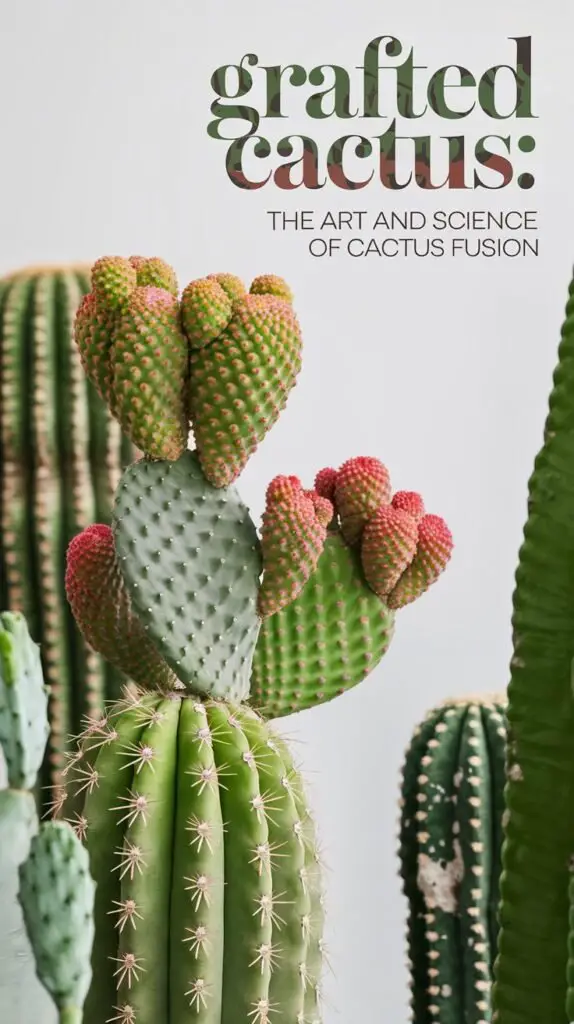
As a botanist specializing in succulents and cacti for over two decades, I’m excited to share my knowledge about these captivating plants. Let’s explore the intricate world of grafted cacti and uncover why they’ve become increasingly popular among plant enthusiasts.
What is a Grafted Cactus?
A grafted cactus is created by joining two different cactus species:
- The rootstock: A sturdy, fast-growing cactus that provides a strong foundation.
- The scion: The top part, often a colorful or rare variety that benefits from the rootstock’s vigor.
This process allows cultivators to propagate and grow cacti that might be challenging to maintain on their own roots.
Why Graft Cacti?
Grafting cacti offers several benefits:
- Propagation of rare or slow-growing species
- Creation of unique, colorful combinations
- Faster growth rates for certain species
- Ability to grow cacti outside their typical climate zones
- Extended lifespan for some cactus varieties
2024 Trend: Grafted cacti are gaining popularity in urban indoor gardens due to their compact size and striking appearances.
Popular Types of Grafted Cacti
1. Moon Cactus (Gymnocalycium mihanovichii)
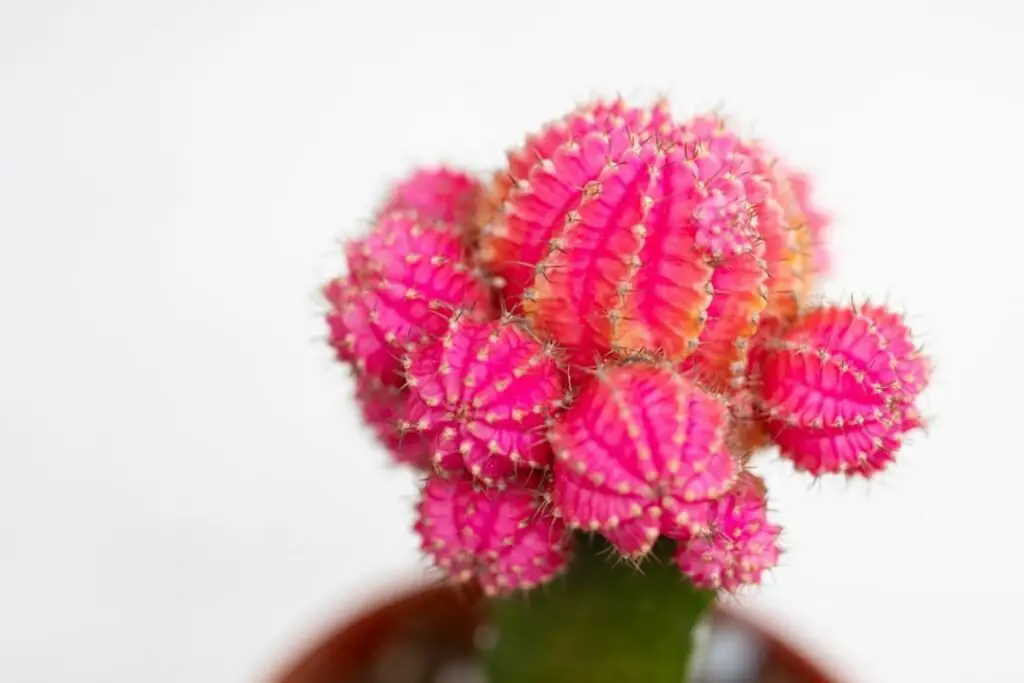
Description: A colorful, round cactus grafted onto a columnar rootstock.
2024 Update: New varieties with pastel colors are being developed to meet trending interior design preferences.
Care Tip: Protect from direct sunlight to prevent color fading in the scion.
2. Ruby Ball Cactus
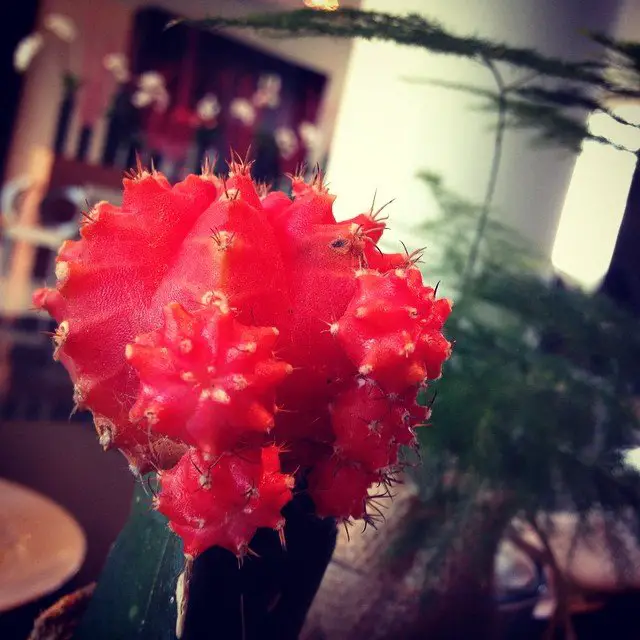
Description: Similar to the moon cactus, but specifically referring to red-colored varieties.
2024 Innovation: Researchers are working on enhancing the longevity of the graft union in ruby ball cacti.
Care Tip: Monitor the graft union regularly for signs of separation or decay.
3. Coral Cactus (Euphorbia lactea crest)

Description: A crested Euphorbia grafted onto a Euphorbia rootstock, resembling coral or a fan.
2024 Trend: Variegated coral cactus varieties are becoming highly sought after by collectors.
Care Tip: Provide bright, indirect light and protect from cold drafts.
4. Lophophora on Pereskiopsis
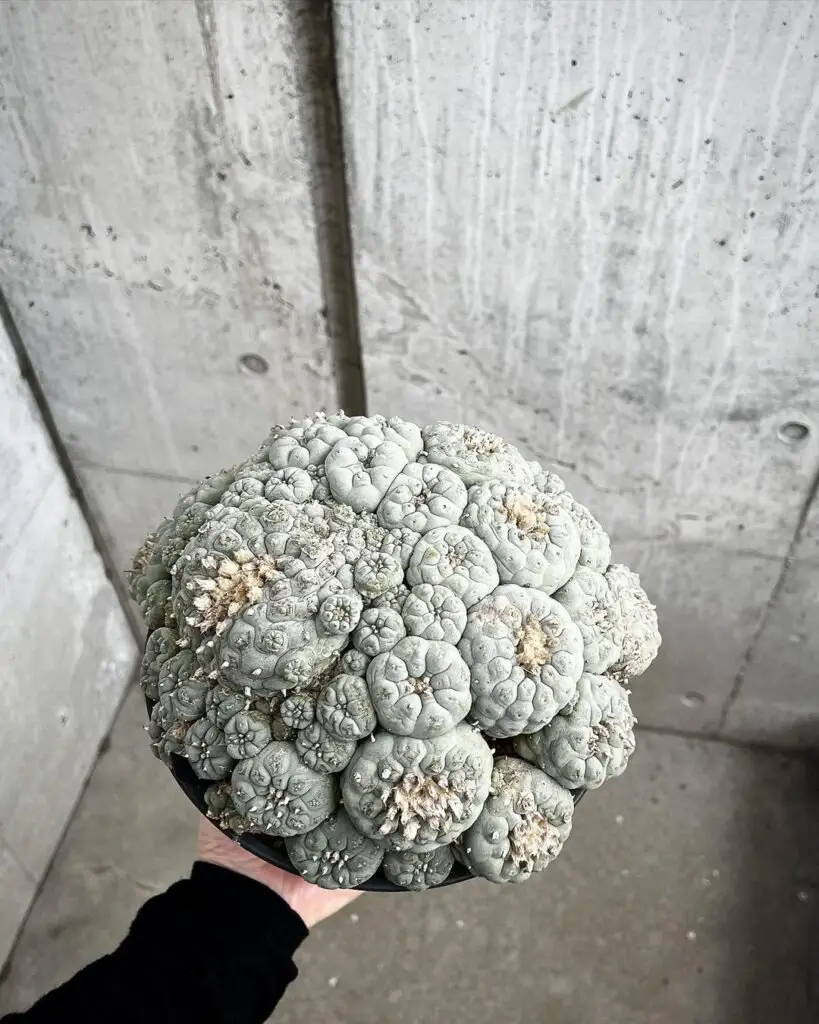
Description: Peyote or other Lophophora species grafted onto a Pereskiopsis rootstock for faster growth.
2024 Research: Studies are exploring the alkaloid content differences between grafted and non-grafted Lophophora.
Care Tip: Maintain high humidity and warm temperatures for optimal growth.
The Grafting Process
While grafting is typically done by professionals, understanding the process can help in caring for these plants:
- Preparation: Select compatible rootstock and scion species.
- Cutting: Make clean cuts on both the rootstock and scion.
- Joining: Align the vascular tissues of both parts.
- Securing: Use grafting tape or rubber bands to hold the parts together.
- Healing: Provide optimal conditions for the graft to heal and fuse.
2024 Innovation: New biodegradable grafting tapes are being developed to eliminate the need for removal.
Caring for Grafted Cacti
Proper care ensures the longevity of your grafted cactus:
- Light: Provide bright, indirect light. Some grafted cacti are sensitive to direct sun.
- Water: Water sparingly, allowing the soil to dry between waterings.
- Soil: Use a well-draining cactus mix.
- Temperature: Keep between 70-80°F (21-27°C) for optimal growth.
- Humidity: Most grafted cacti prefer low humidity environments.
2024 Trend: Smart plant sensors specifically calibrated for grafted cacti are entering the market, helping enthusiasts provide optimal care.
Challenges and Troubleshooting
Common issues with grafted cacti include:
- Graft Failure: If the union doesn’t take, the top may die.
- Solution: Clean removal of the scion and potential re-grafting.
- Rootstock Overgrowth: The bottom cactus may produce offshoots.
- Solution: Carefully remove offshoots to maintain plant energy balance.
- Color Fading: Especially common in moon cacti.
- Solution: Adjust light levels and ensure proper nutrition.
- Pest Infestations: Mealybugs and spider mites can be problematic.
- Solution: Use neem oil or insecticidal soap for treatment.
2024 Research: New studies are focusing on improving graft compatibility to reduce failure rates.
Ethical Considerations
As the popularity of grafted cacti grows, it’s important to consider:
- Sourcing plants from reputable, ethical growers
- Understanding the origin of rare species used in grafting
- Balancing the desire for unique plants with conservation efforts
2024 Trend: Increased focus on sustainably propagated grafted cacti in the horticultural industry.
Conclusion: Embracing the Art of Cactus Grafting
Grafted cacti represent a fascinating intersection of horticultural science and artistic expression. These unique plants offer enthusiasts the opportunity to grow rare and beautiful specimens while exploring the boundaries of plant cultivation.
Whether you’re a seasoned cactus collector or a curious beginner, grafted cacti provide an intriguing addition to any plant collection. By understanding their needs and origins, you can successfully grow these living sculptures and appreciate the skill involved in their creation.
For more information on cacti and succulent care, visit resources like the Cactus and Succulent Society of America or your local botanical garden. Happy growing, and may your grafted cacti thrive and bring joy to your space!
For more gardening tips and plant care guides, visit usagardenhub.com.

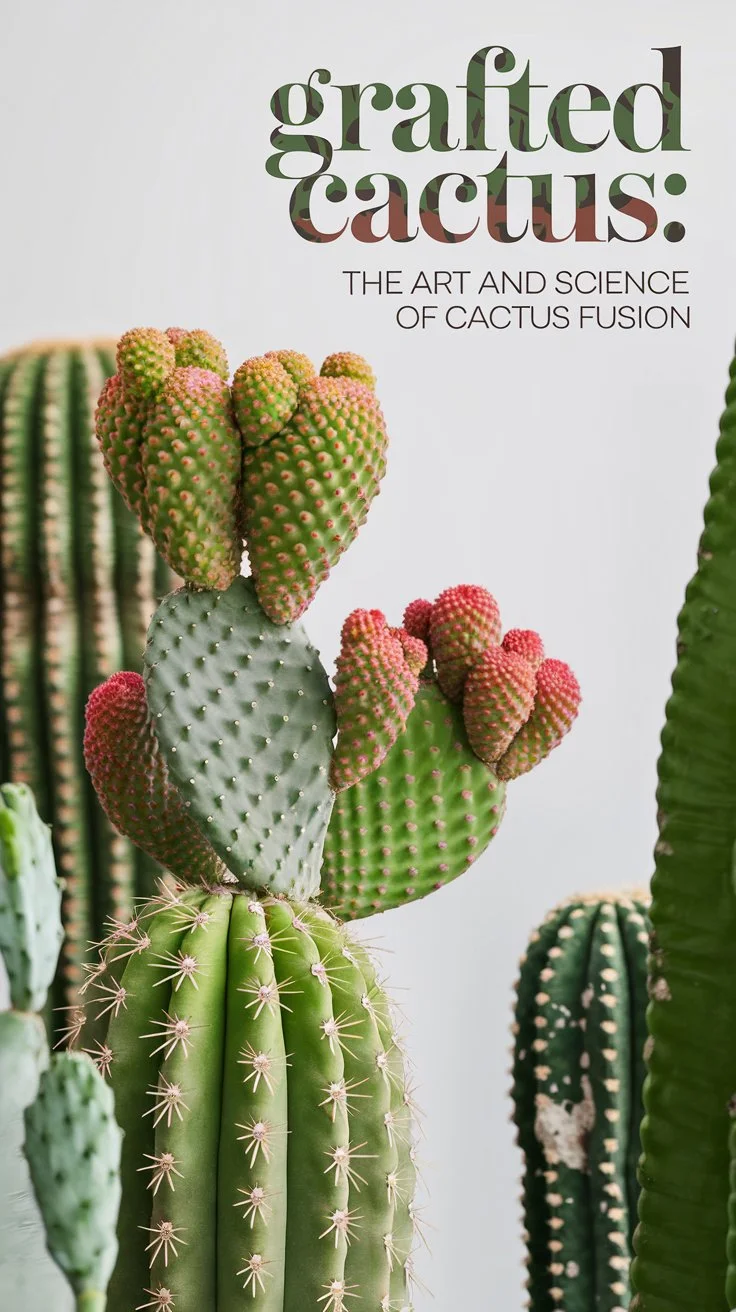



2 Comments on “Grafted Cactus: The Art and Science of Cactus Fusion (2024 Guide)”